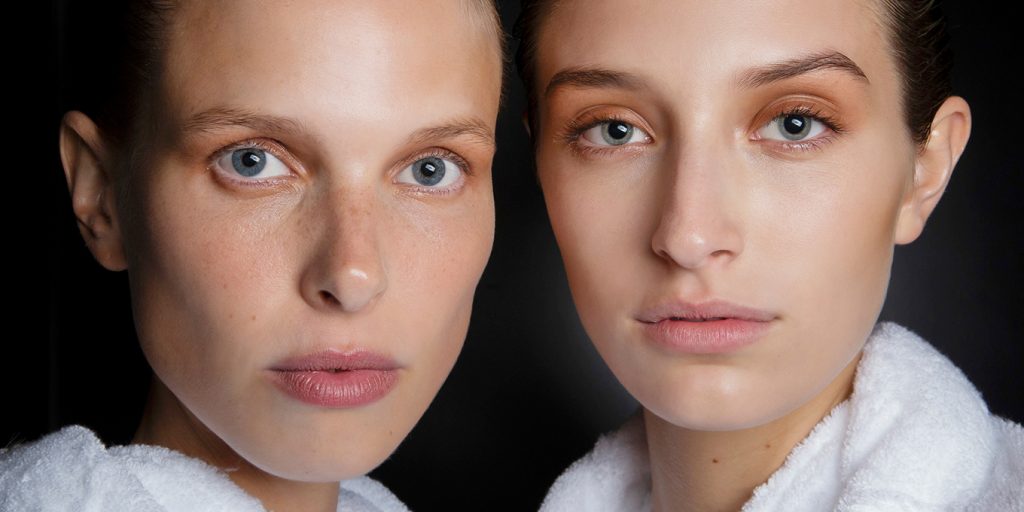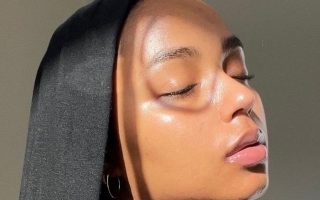The most frequent aesthetic sequel of acne is the formation of scars. Depending on the appearance they present concerning the skin surface, they are divided into atrophic (when they are depressed) and hypertrophic or keloid (when they protrude from the skin surface and overflow the scarred area, respectively). Within the atrophic, we can include those called “ice picks”, which present the appearance of punctate perforations.
In this section, we will talk about atrophic and ice-pick scars.
Atrophic or depressed scars appear from a collagen and elastin defect in the dermis, the middle layer of the skin. Therefore, all therapies will be aimed at the formation and rearrangement of dermal collagen fibers.
Up to now, the previous treatments that obtained the best results did indeed manage to increase collagen synthesis, but with a major drawback: the epidermis (the most superficial layer of the skin) had to be eliminated to treat the dermis. The systems that act in this way are deep peels and ablative lasers. (eg CO2 or erbium). This type of therapy involves the formation of scabs and painful wounds requires a period of re-epithelialization of the skin and has to do preventive oral treatment for superinfection by herpes simplex. Taken together, these factors cause the rate of adverse effects or discomforts caused by the treatment to be high and stop the patient’s normal rhythm of life.
Currently, non-ablative fractional laser systems have been produced, which allow direct impact on the dermis while respecting the skin’s surface. Therefore, they favor the new formation of collagen without having to remove the epidermis and the formation of wounds or scabs. The ablative fractional laser is applied with a cooled head on the skin to protect the epidermis and emits micro-columns of heat to the dermis to stimulate collagen synthesis. The formation of this new collagen progressively fills in scar defects and homogenizes the skin’s surface, improving its external appearance and significantly eliminating or attenuating depressions. The collagen neoformation process is not immediate and the effects of the therapy are noticeable after 3-4 weeks after the first session.
Non-ablative fractional laser treatment is performed in minute-long sessions, separated by 4-6 weeks. The sessions are comfortable for the patient, a little annoying, and only cause transient erythema (redness) in the treated area, so they do not force you to interrupt your normal rhythm of life. After the treatment, it is not necessary to do any special cure on the area, except using sun protection.
An additional advantage of this treatment is that the new formation of collagen is a dynamic process that lasts several weeks, so once the therapy is finished it is possible to continue improving for a period. The number of sessions to practice is variable depending on the type of scars, their depth, and the possible combination with other therapies, although they usually range between 3 and 6 sessions.
Published studies regarding the application of non-ablative fractionated laser for the treatment of acne scars show improvement results of up to 75% in the irregularity of the skin surface, with a high degree of patient satisfaction.
Finally, the treatment of acne scars with a non-ablative fractional laser allows a perfect combination with additional therapies such as hyaluronic acid fillers, superficial peels, and rollers.
→ The non-ablative fractional laser is an effective, safe, and comfortable treatment for all types of scars caused by acne, especially atrophic ones.
→ Compared to other therapies, it is more comfortable and safe for the patient, producing transitory erythema without the formation of scabs or wounds that make it necessary to interrupt the normal rhythm of life.
→ The treatment is carried out with sessions lasting minutes and separated between 4 and 6 weeks.
→ The non-ablative fractional laser can be combined with other therapeutic options such as superficial peels, rollers, or hyaluronic acid filling.


